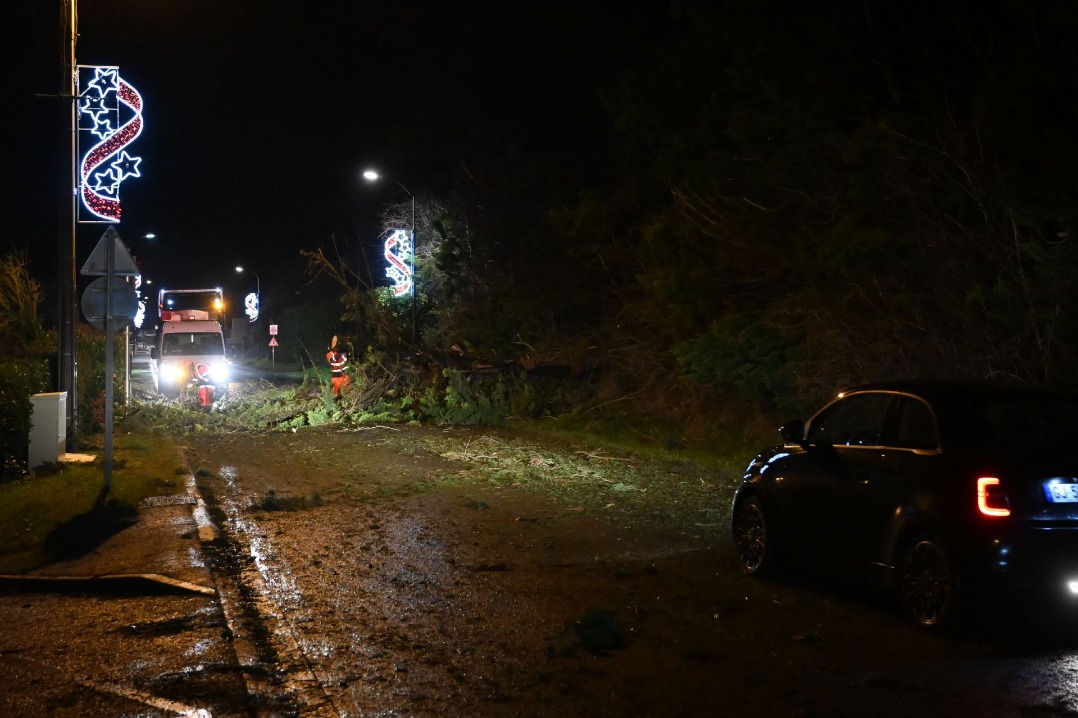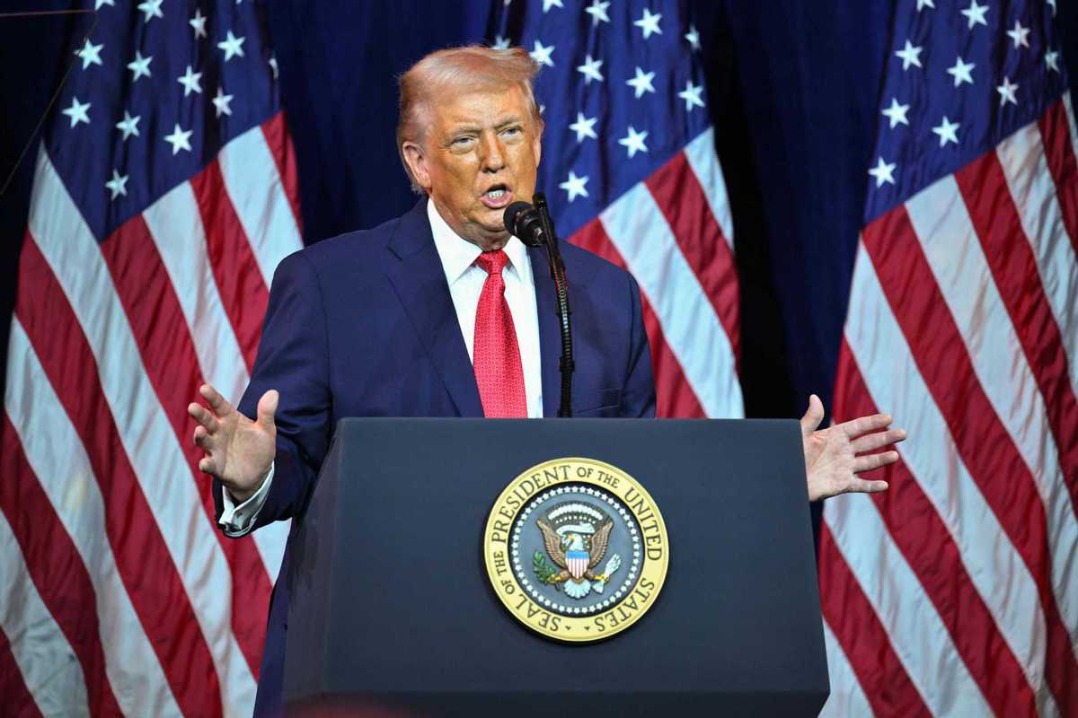Pandemic battle still a slog with ambiguous policies


The Biden administration's strategy to tackle the still-prevalent COVID-19 pandemic sounded promising — the president vowed to reopen the majority of schools, mandate mask-wearing in federal buildings and have 100 million Americans vaccinated in 100 days.
These measures definitely encouraged me. A law-abiding citizen, I have been observing the stay-in-place (SIP) practice since last March and have entered the stage of direly craving normalcy and social intimacy.
California this week joined several other states, including Michigan, Arizona, Arkansas etc, to loosen coronavirus bans and restrictions on restaurants, gatherings and other businesses because of "improved infection and hospitalization rates".
For tens of million families nationwide that have to home-school their children, a silver lining of hope also appears as the Centers for Disease Control (CDC) recently reiterated that in-person learning can be safe with physical distancing and masks.
According to CDC researchers, children are not as likely to either contract or spread the coronavirus as are adults in crowded indoor facilities. Even though in-school transmission has occurred, there is little evidence that it would cause a sharp increase in community cases.
If mitigation measures are properly adopted and administered on campus, as the CDC indicated, children can return to school safely.
California Governor Gavin Newsom even proposed in a bill to provide financial incentives, a total of $2 billion, for districts to reopen classrooms in February and March. Statically, it translates to either $450-$700 per student if applying by Feb 1, or $335-$635 per student by March 1.
Does it all look optimistic? A reality check — vaccine pile-up across the nation, school readiness and community immunity rate — suggests otherwise.
How much coronavirus vaccine the nation has remains a question mark. During a recent interview with Fox News, CDC Director Rochelle Walensky was caught on camera telling the nation, "I can't tell you how much vaccine we have, and if I can't tell it to you, then I can't tell it to the governors, and I can't tell it to the state health officials.

"If they don't know how much vaccine they're getting not just this week but next week and the week after, they can't plan," she continued. "They can't figure out how many sites to roll out, they can't figure out how many vaccinators that they need, and they can't figure out how many appointments to make for the public," she continued.
Even when the number of vaccine doses is crisp and clear, in California's case, the authority fouls up the rollout. Over a month, the state administered 1.2 million doses, or about only 40 percent of the total it has received, Newsom said at a Jan 22 briefing.
As California emerged as a coronavirus center with more than 3.2 million accumulated cases and deaths approaching 40,000, Newsom is facing fierce public condemnation for his "very confusing, inefficient and chaotic" handling of the vaccine distribution.
California state epidemiologist Dr Erica Pan said it may take four to five months to vaccinate all residents 65 years of age and older — the most vulnerable group.
"I've made multiple calls to make appointments for my parents," said Cynthia Wang, who lives in Brentwood, a suburban town in Northern California. "All told me that the earliest slot I can expect would be around April or May. Very disappointing."
On reopening schools, it doesn't appear that the agenda will be resolved any time soon. In California, teachers and administrators from schools and districts voiced their concerns about safety precaution, citing the slow vaccination, still rocketing infection rate and insufficient testing capacity to push back on Newsom's call for returning to in-person learning.
California previously suggested that schools could reopen if the community's daily case rate dropped below 7 out of every 100,000 people. Currently, no single county has met that criteria.
Government cannot mandate parents to send children back to school if it's not proven safe enough, said Lilian Zhang, mom of a 13-year-old and 6-year-old in the San Francisco Bay Area. "There is no indication that they (administration) have a solid plan in place for testing of, and social distancing among staff and students. Why should we rush and risk?" she asked.
Right. Bear in mind: Rome was not built in a day, nor humanity's victory in the battle against the coronavirus pandemic.

































